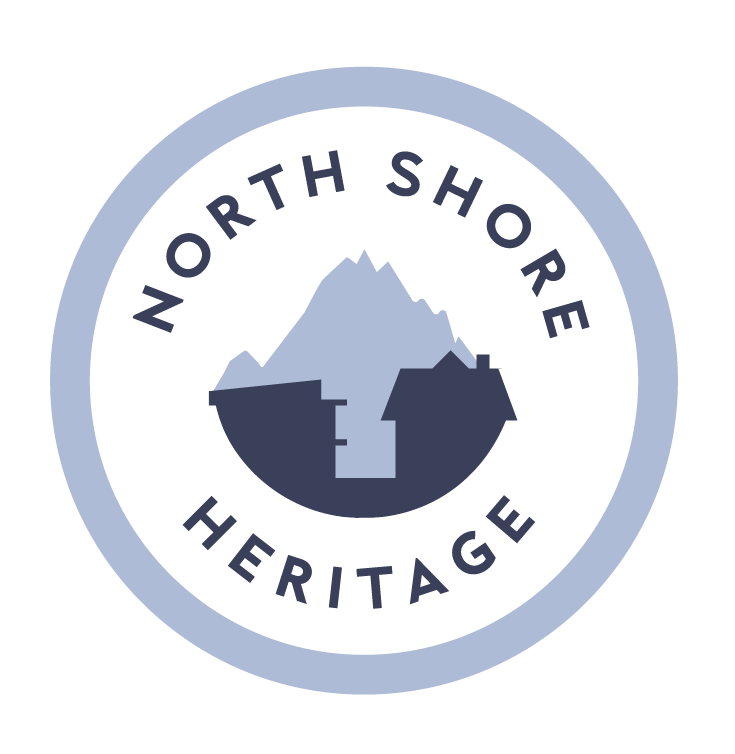Mention the name ‘Blackadder’ and people think of Rowan Atkinson’s character, played with lashings of acerbic wit, in the BBC comedy series. The fictional ‘Edmund Blackadder’ appeared in various historical guises, beginning in 1485 and ending in 1917, with each ‘Edmund’ a supposed descendant of the previous within the Blackadder dynasty. The final episode of the last series, Blackadder Goes Forth, is known for its extraordinary poignancy for a comedy - especially its final scene, called “Goodbyeee,” which sees ‘Captain Blackadder’ and his side-kick, ‘Baldrick’ going “over the top” into the smoke filled no man’s land of the First World War trenches, presumably to their deaths. The plot thickens, and not because of Baldrick’s “cunning plan.”
There was a real Captain Blackadder. Unlike his fictional namesake who spent his time attempting to shirk his war time duties, Acting Captain Robert John Blackadder from Dundee, Scotland was awarded the Military Cross “for conspicuous gallantry and devotion to duty” during the withdrawal of his battery under enemy fire at Beaurains on 28th March 1918.
The comparison between the fictional and real runs deeper and ever more contrary, however. It turns out that Robert’s older brother, Henry, also from Dundee, is the architect who designed many of North Vancouver’s historic buildings back in the early 20th Century!
Blackadder family portrait, 1907, Scotland. Henry is standing far right. Robert John (his younger brother) is standing in the middle, at the back. Courtesy, Blackadder family.
Henry Blackadder migrated to Canada with his wife, Alice Maude, in 1911, subsequently volunteering with British Columbia’s 6th Field Company and serving in France as a Lieutenant shortly before the war’s end.
Lieutenant Henry Blackadder in Germany, 1919. Courtesy, MONOVA Archives. Inventory number 10010, cropped.
To understand this linkage, we need to delve deeper.
Derived from the old English word, awedur, meaning “running water”, the name Blackadder is Scottish in origin. The Blackadders (the real, not fictitious ones, that is) are documented from the early 15th Century as occupying the lands of Blackadder Water, a river near Berwick-upon-Tweed on the border with England. The once mighty Blackadder clan is now fallen, however. Lands granted by the Scottish King, James II for repelling the English were, by the 17th Century, relinquished to a rival clan as part of an enforced marriage. Blackadder Castle, located near the village of Allanton, no longer stands. Sacked by the English in the early 16th Century, its replacement, Blackadder House, was eventually torn down in 1925.
Following the loss of their lands, some Blackadders continued to farm as tenants. One of these was Robert Blackadder, Henry Blackadder’s grandfather, who died in 1840. His son, also called Robert (Henry’s father) was born at Ninewells Mains, a hamlet within a stone’s throw of the original Blackadder Castle.
Eschewing the calling of generations before him, Henry’s father articled with his great uncle, William, becoming a civil engineer and later, an architect. It was a line of work that Henry was to follow. Articled to Thomas Martin Cappon, whilst attending evening classes at the Dundee Technical Institute, he later moved to the office of Ernest George & Yeates in London, before passing, in 1906, the qualifying exam for Associate of the Royal Institute of British Architects.
It was a training from which North Vancouver was to benefit. Soon after his arrival in Canada, Henry partnered with fellow Scot, Alexander MacKay, forming “Blackadder & Mackay.” Specialising in the Arts and Crafts and Tudor Revival designs of the day, notable achievements include the design of Thomas Nye’s residence in Upper Lonsdale in 1912.
Thomas Nye House, East Carisbrooke, 1912. Courtesy, MONOVA archives, Inventory Number 3900. Still standing at the renamed address of 3545 Dowsley Court.
And Jack Loutet’s house, also in Carisbrooke, across the road from Henry and Alice Maude’s own residence at Number 172.
172 East Carisbrooke Rd, home of architect Henry Blackadder, 1927. Courtesy, MONOVA archives. Inventory number 7339. The house is now gone.
It was Henry’s contact with local businessmen Alexander Philip and Percy Ward that was to lead him to the First World War. Philip and Ward had convinced the federal government to establish the 6th Field Company of Engineers in North Vancouver. In 1915, Henry oversaw construction of their Drill Hall in Mahon Park, North Vancouver, later volunteering as an officer with the company.
6th Field Company Drill Hall, tents at Mahon Park, 1916. Courtesy, MONOVA archives. Inventory number 2521a. The Drill Hall, renamed Lt Col JP Fell Armoury, is still standing.
Stationed in Europe during 1918 and 1919, Lieutenant Blackadder led a team of field engineers building bridges for advancing Allied troops as well as assisting with the occupation of Germany.
Officers, 6th Field Company. Lieutenant Henry Blackadder, back row extreme left. Courtesy, MONOVA archives. Inventory number 2513.
Unlike his fictional namesake, ‘Edmund’, Henry was to return from the war. He and Alice Maude lived once again at their Carisbrooke home in Upper Lonsdale with Henry continuing for several decades in architectural practice.
The Cenotaph in Victoria Park. Designed by Henry Blackadder in 1923. Courtesy, MONOVA archives. Inventory Number 594. Still standing.
No doubt, the great architect and former soldier would have been mortified to hear of the pulling down in 1925 of his former ancestral home, Blackadder House. Vandalised by the allied troops he had been trying to assist during the latter stages of the war, it was a lack of funds that ensured the property’s demise.
Blackadder House near Allanton, Scotland before demolition in 1925. Non copyright photograph.
As his namesake, Captain Blackadder’s fictional commanding officer, General Melchett, would most likely have said upon delivery of such news: “Baaah!”
Except where indicated, text and images Copyright @ North Shore Heritage and Paul Haston. All rights reserved. Republication in whole or in part is prohibited without the written consent of the copyright holder. This includes, particularly, images reproduced here courtesy of the Blackadder family.
References:
MONOVA, North Vancouver Museum and Archives. https://monova.ca/archives/
http://dictionaryofarchitectsincanada.org/node/1132
https://en.wikipedia.org/wiki/Blackadder_House
https://en.wikipedia.org/wiki/Blackadder
https://en.wikipedia.org/wiki/Clan_Blackadder
http://www.scottisharchitects.org.uk/architect_full.php?id=100167








